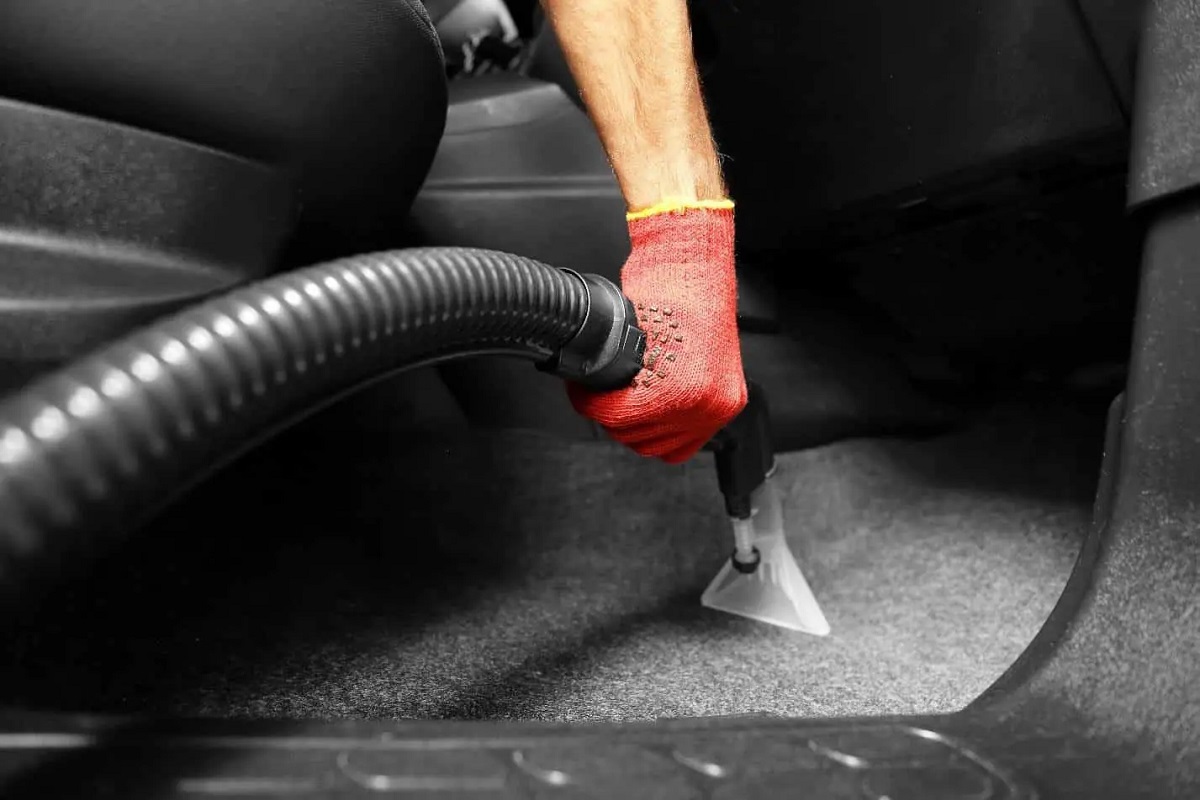

Articles
How To Clean Car Floor
Modified: January 23, 2024
Looking for articles on how to clean your car floor? Explore our comprehensive guides and tips for a spotless and fresh interior.
(Many of the links in this article redirect to a specific reviewed product. Your purchase of these products through affiliate links helps to generate commission for Storables.com, at no extra cost. Learn more)
Introduction
Keeping your car clean and well-maintained is not only visually appealing but also necessary for the longevity of your vehicle. One area that often gets neglected when it comes to cleaning is the car floor. Over time, the car floor can accumulate dirt, debris, and stains, making it look unattractive and potentially causing unpleasant odors.
Cleaning the car floor may seem like a daunting task, but with the right approach and some simple steps, you can restore your car floor to its pristine condition. In this article, we will guide you through the process of cleaning your car floor effectively and efficiently.
Before diving into the cleaning process, it’s important to gather the necessary tools and materials. You will need a vacuum cleaner, a brush or scrubbing tool, a cleaning solution suitable for your car’s floor material, a microfiber towel or cloth, and a bucket of water.
Now, let’s get started with the step-by-step process of cleaning your car floor.
Key Takeaways:
- Keep your car floor clean by removing loose items, vacuuming thoroughly, treating stains, scrubbing with a suitable cleaning solution, rinsing, drying, and giving a final vacuum. Regular maintenance will maintain a hygienic and attractive car interior.
- Address specific stains with appropriate cleaning solutions, such as mild soap for food or beverage stains and baking soda for grease or oil stains. Test cleaning products on a small area first and always use gentle scrubbing tools to avoid damaging the car floor.
Read more: How To Clean Floor Mats In Car
Step 1: Remove all loose items from the car floor
The first step in cleaning your car floor is to remove all loose items. Take out any items such as trash, empty water bottles, loose change, or papers that may be scattered on the floor. It’s important to clear the floor completely to allow for a thorough cleaning.
You can use a handheld vacuum or simply use your hands to remove the larger debris. Take the time to check under the seats and in the crevices for hidden objects. Removing these loose items will make it easier to vacuum and clean the floor later on.
If you notice any stains or spills during this step, it’s a good idea to take note of them. Later on in the cleaning process, you’ll address these stains individually to ensure a spotless car floor.
By removing all loose items from the car floor, you’ll have a clean slate to work with and can focus on deep cleaning the surface without any obstructions.
Step 2: Vacuum the car floor thoroughly
Once you have cleared the car floor of any loose items, it’s time to give it a thorough vacuuming. Vacuuming is crucial to remove dirt, dust, and debris that may have accumulated in your car. It will also help to prepare the floor for further cleaning.
Start by using a handheld or regular vacuum cleaner with attachments suitable for cleaning the car interior. Use the crevice tool to reach into the tight corners and crevices of your car floor, as these areas tend to collect a lot of dirt.
Begin from the top and work your way down, starting with the dashboard, seats, and consoles, before moving to the floor. Use long, overlapping strokes to ensure all areas are thoroughly cleaned. Pay extra attention to areas near the pedals and under the seats, as they tend to accumulate more dirt and debris.
Take your time and make multiple passes over each section to ensure that you’ve removed all visible dirt and dust. If you encounter any stubborn dirt or pet hair, consider using a brush attachment to loosen it before vacuuming.
Remember to also vacuum the floor mats separately. Remove them from the car and give them a good shake to remove loose dirt. Then, vacuum both sides of the mats to eliminate any remaining debris.
By thoroughly vacuuming the car floor, you’ll remove the majority of loose dirt and debris, making the cleaning process more effective and ensuring a cleaner result.
Step 3: Treat any stains or spills
After vacuuming the car floor, it’s time to address any stains or spills that you have noticed during the cleaning process. Stains can be unsightly and can make your car’s interior look dirty and unkempt. However, with the right approach, you can effectively treat and remove these stains to restore the beauty of your car floor.
The method for treating stains depends on the type of stain and the material of your car’s floor. Here are a few common types of stains and how to treat them:
- Food or beverage stains: If you have spilled food or drinks on your car floor, quickly blot the stain with a clean cloth or paper towel to remove as much moisture as possible. Then, mix a mild cleaning solution of warm water and gentle soap. Dip a clean cloth or sponge into the solution and gently dab the stained area, working from the outside towards the center. Avoid rubbing, as it may spread the stain. Rinse the area with clean water and blot dry.
- Grease or oil stains: For grease or oil stains, sprinkle some baking soda or cornstarch over the stain to absorb the excess oil. Let it sit for a few minutes, then vacuum it up. Next, mix a solution of warm water and dish soap. Dab a clean cloth into the solution and gently blot the stain. Rinse the area with clean water and blot dry.
- Mud or dirt stains: Allow mud or dirt stains to dry completely. Once dry, gently scrape off any excess dirt using a plastic scraper or a soft brush. Mix a solution of warm water and mild detergent, and clean the stained area using a clean cloth or sponge. Rinse with clean water and blot dry.
- Ink or marker stains: Ink or marker stains can be tough to remove. Try using rubbing alcohol or a stain remover specifically designed for ink stains. Apply a small amount to a clean cloth and gently blot the stain. Repeat as necessary until the stain starts to fade. Rinse the area with clean water and blot dry.
It’s important to always test any cleaning solution on a small, inconspicuous area of your car floor before applying it to the stain. This will help ensure that the solution doesn’t cause any discoloration or damage to your car’s floor material.
By treating stains and spills promptly and correctly, you can effectively remove them and prevent them from becoming permanent blemishes on your car floor.
Use a vacuum cleaner with a brush attachment to thoroughly clean the car floor. Start from the top and work your way down to ensure all dirt and debris are removed. Don’t forget to move the seats to reach hidden areas.
Step 4: Scrub the car floor with a cleaning solution
Now that you’ve treated any stains or spills on your car floor, it’s time to give it a thorough scrub using a suitable cleaning solution. The cleaning solution will help remove any remaining dirt, grime, or residue, leaving your car floor looking fresh and clean.
The type of cleaning solution you use will depend on the material of your car’s floor. Here are a few options:
- Carpeted floor: If your car has carpeted floors, you can use a carpet cleaner specifically formulated for automotive use. Spray the cleaner onto the carpet and let it sit for a few minutes to penetrate the fibers. Then, use a soft brush or scrubbing tool to scrub the carpet gently in circular motions. Pay attention to any high-traffic areas or spots that require extra cleaning. Finally, rinse the area with clean water and blot dry with a microfiber towel.
- Rubber or vinyl floor: For rubber or vinyl car floors, a mild all-purpose cleaner or a mixture of warm water and dish soap can be used. Dilute the cleaner or soap in a bucket of water as per the manufacturer’s instructions. Dip a brush or scrubbing tool in the cleaning solution and scrub the floor in controlled circular motions. Focus on areas with stains or built-up grime. Rinse the area with clean water and dry thoroughly with a microfiber towel.
- Leather or upholstery: If your car has leather or upholstery floors, it’s important to use a cleaner specifically designed for these materials. Follow the manufacturer’s instructions for applying and scrubbing the cleaner. Use a soft brush or cloth to gently scrub the floor, paying attention to any stains or marks. Rinse the area with a damp cloth and blot dry.
When scrubbing, be careful not to apply excessive pressure or use overly abrasive materials, as this can damage the surface of your car floor. Always test the cleaning solution on a small, inconspicuous area before applying it to the entire floor.
Work in small sections to ensure thorough coverage, and rinse your brush or scrubbing tool regularly to prevent transferring dirt or grime to other areas. Take your time and be patient, especially when dealing with tough stains or heavily soiled areas.
Once you have scrubbed the entire car floor, rinse the area with clean water to remove any residual cleaner. Use a microfiber towel or cloth to blot dry the floor and prevent water spots.
Scrubbing your car floor with a cleaning solution will help eliminate deep-seated dirt and grime, leaving your car floor looking fresh and renewed.
Read more: How To Clean A Car’s Ventilation System
Step 5: Rinse and dry the car floor
After scrubbing the car floor with a cleaning solution, it’s important to thoroughly rinse and dry the area to remove any remaining residue and prevent water damage. This step will ensure that your car floor is clean, fresh, and ready for use.
Start by using a clean cloth or sponge dipped in clean water to rinse the entire car floor. Make sure to remove any traces of the cleaning solution or soap from the surface. Rinse your cloth or sponge frequently to avoid spreading dirt or residue.
For carpeted floors, you can also consider using a wet/dry vacuum or a carpet extractor to remove the excess water. These tools will help to extract any remaining moisture from the carpet fibers, preventing them from becoming saturated and potentially causing mold or unpleasant odors.
Next, use a microfiber towel or cloth to blot dry the car floor. Avoid rubbing, as this can cause friction and potentially damage the surface. Instead, gently press the towel onto the floor to absorb the moisture. You may need to use multiple towels or replace them as they become saturated.
Remember to also dry the floor mats separately before placing them back in the car. You can hang them or lay them flat in a well-ventilated area to air-dry completely.
Once you’ve completed the drying process, take a moment to inspect the floor for any remaining moisture or spots. If you notice any, use a dry clean cloth to gently blot them dry.
By properly rinsing and drying the car floor, you’ll ensure that it is free from any cleaning residue and moisture, leaving it clean, fresh, and ready for use.
Step 6: Vacuum one final time to remove any remaining debris
Now that you have cleaned, treated stains, and thoroughly rinsed and dried the car floor, it’s time for one final step to ensure a spotless result. Vacuuming the car floor one last time will help to remove any remaining debris or particles that may have been loosened during the cleaning process.
Using your vacuum cleaner with the appropriate attachments, go over the entire car floor once again. Pay special attention to the edges, corners, and hard-to-reach areas where dust and dirt tend to accumulate. Take your time and make multiple passes if necessary to ensure a thorough cleaning.
If you have carpeted floors, consider using a brush attachment to agitate the carpet fibers and lift any embedded dirt or debris. For rubber, vinyl, or leather floors, use a soft brush to gently sweep away any remaining particles.
During this final vacuuming, take the opportunity to inspect the floor for any missed spots or areas that may require extra attention. If you notice any, go over them again with your vacuum or use a handheld vacuum to spot-clean those specific areas.
Once you have completed the final vacuuming, take a moment to admire the cleanliness of your car floor. It should now be free from loose dirt, debris, and particles, giving your car’s interior a fresh and immaculate appearance.
Remember, regular maintenance and cleaning of your car floor will help prolong its lifespan and maintain a clean and hygienic environment inside your vehicle. Consider incorporating regular vacuuming and spot cleaning into your car care routine to keep your car floor looking its best.
Conclusion
Cleaning your car floor is an important part of overall car maintenance and hygiene. By following the steps outlined in this article, you can effectively clean and restore your car floor to its pristine condition.
Starting with removing all loose items and thoroughly vacuuming the floor, you create a clean canvas for the subsequent steps. Treating specific stains and spills with appropriate cleaning solutions helps to eliminate any unsightly marks and blemishes. Scrubbing the car floor with a suitable cleaning solution ensures the removal of deep-seated dirt and grime. Rinse and dry the area to remove any remaining residue and moisture, and don’t forget to give the floor a final vacuuming to eliminate any lingering debris.
By following these steps, you can maintain a clean and attractive car floor, enhancing the overall appearance of your vehicle’s interior. Regular cleaning and maintenance will not only make your car more pleasant to ride in but also help preserve the longevity of your car floor.
Remember to always use appropriate cleaning solutions and tools for your car’s specific flooring material, and test any products on a small, inconspicuous area first. Additionally, it’s a good idea to set aside dedicated time for car floor cleaning to ensure thoroughness and effectiveness.
So, don’t neglect your car floor when it comes to cleaning! A clean and well-maintained car floor will not only enhance the visual appeal of your vehicle but also provide a more enjoyable and comfortable driving experience.
Frequently Asked Questions about How To Clean Car Floor
Was this page helpful?
At Storables.com, we guarantee accurate and reliable information. Our content, validated by Expert Board Contributors, is crafted following stringent Editorial Policies. We're committed to providing you with well-researched, expert-backed insights for all your informational needs.
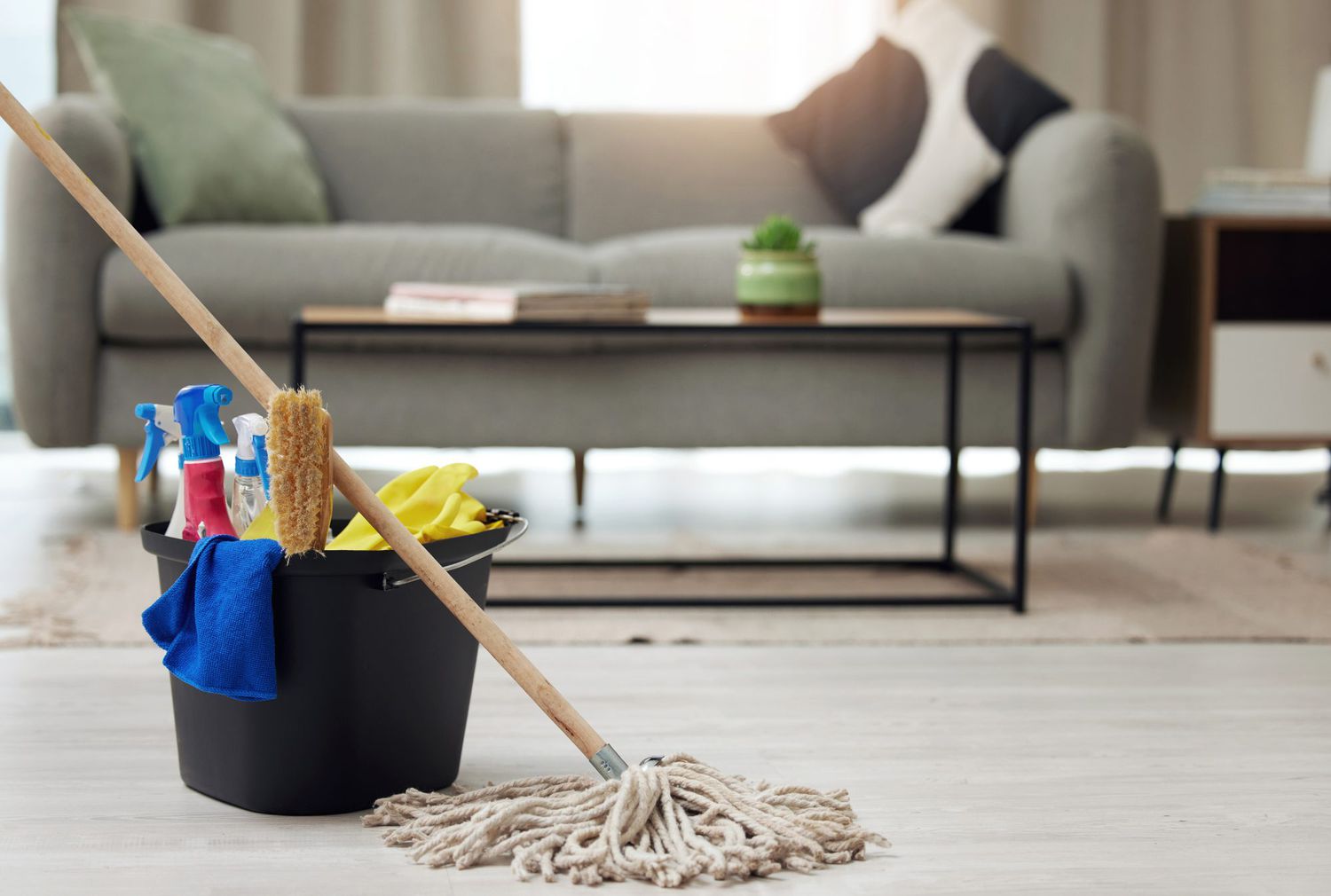
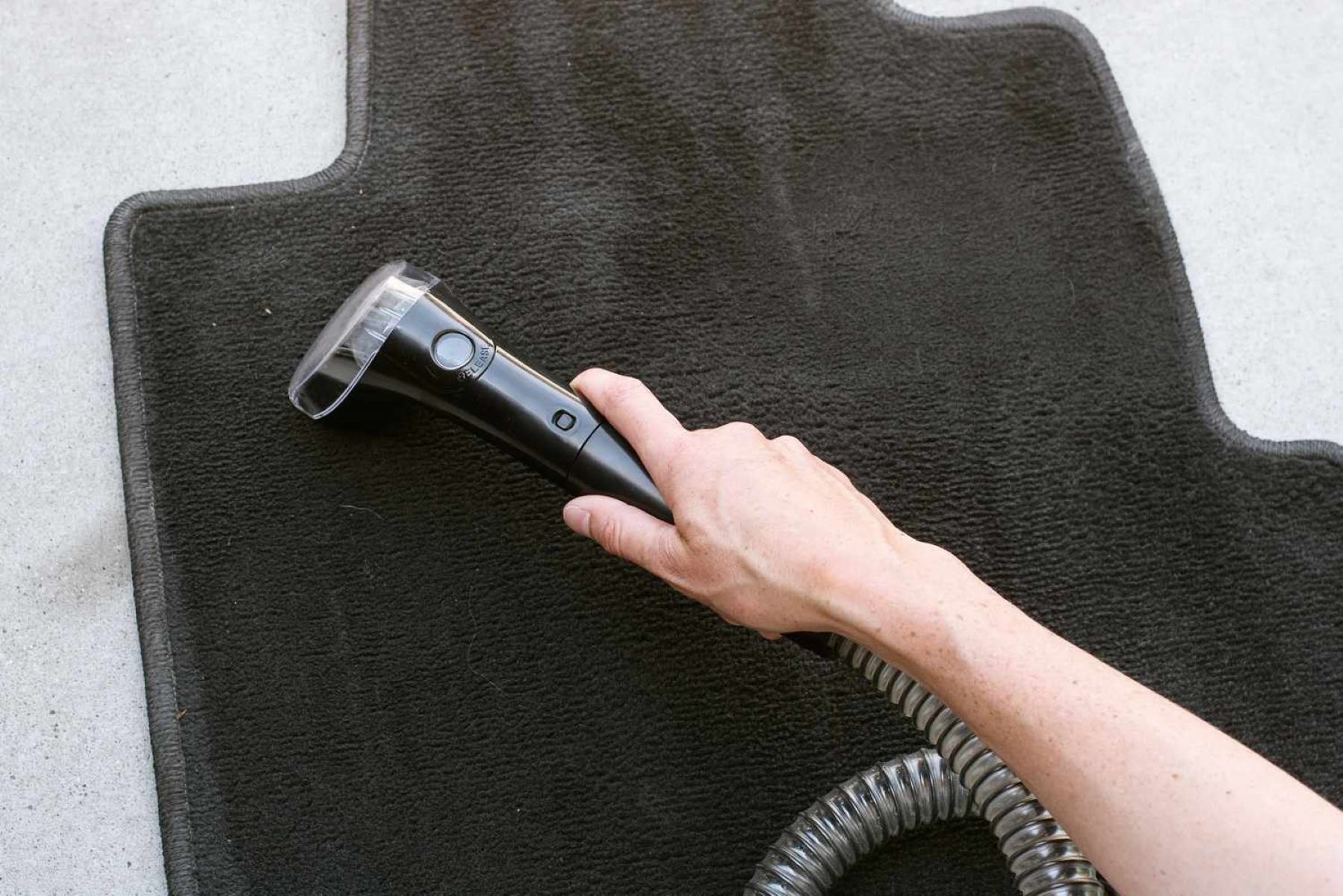
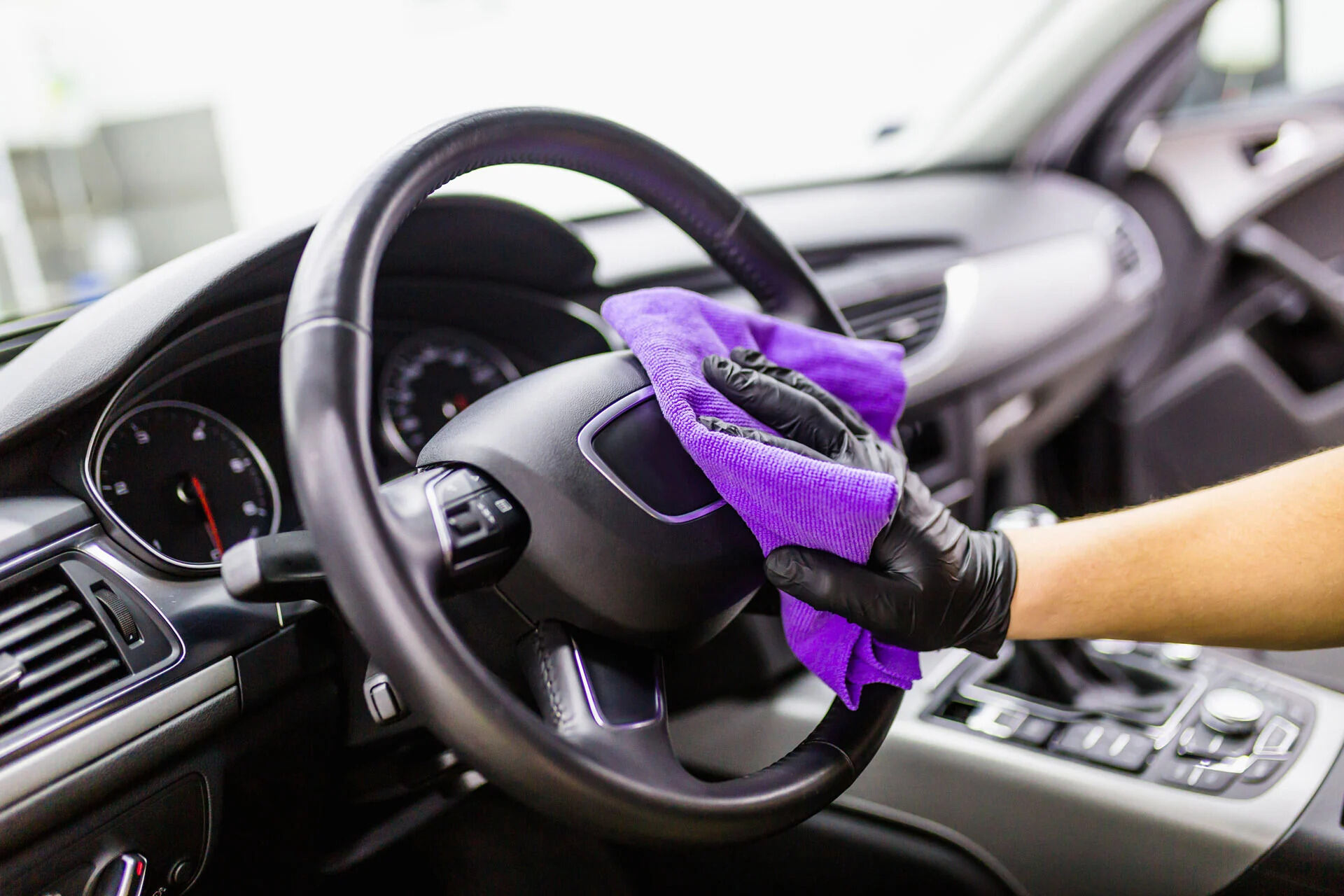

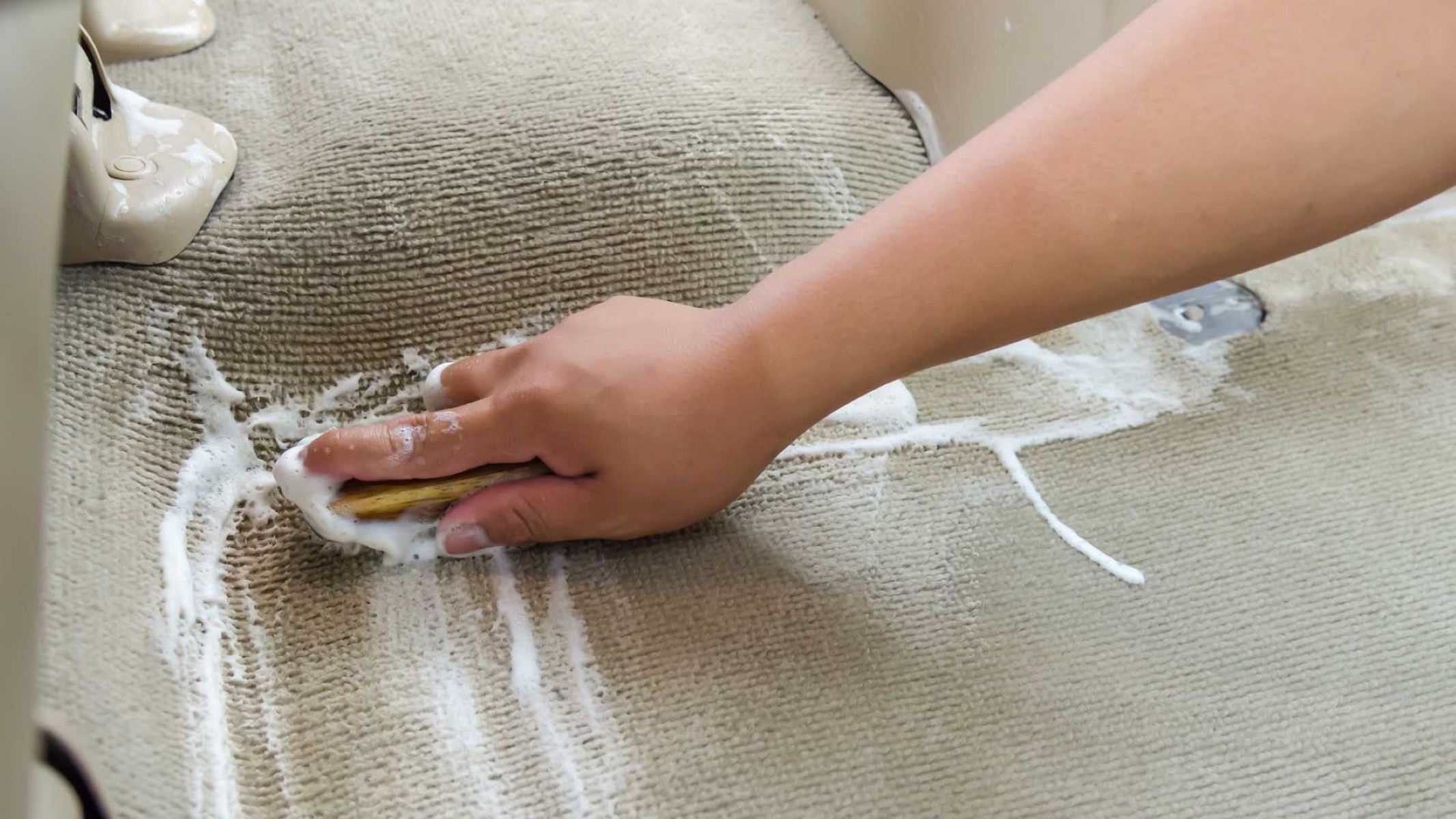
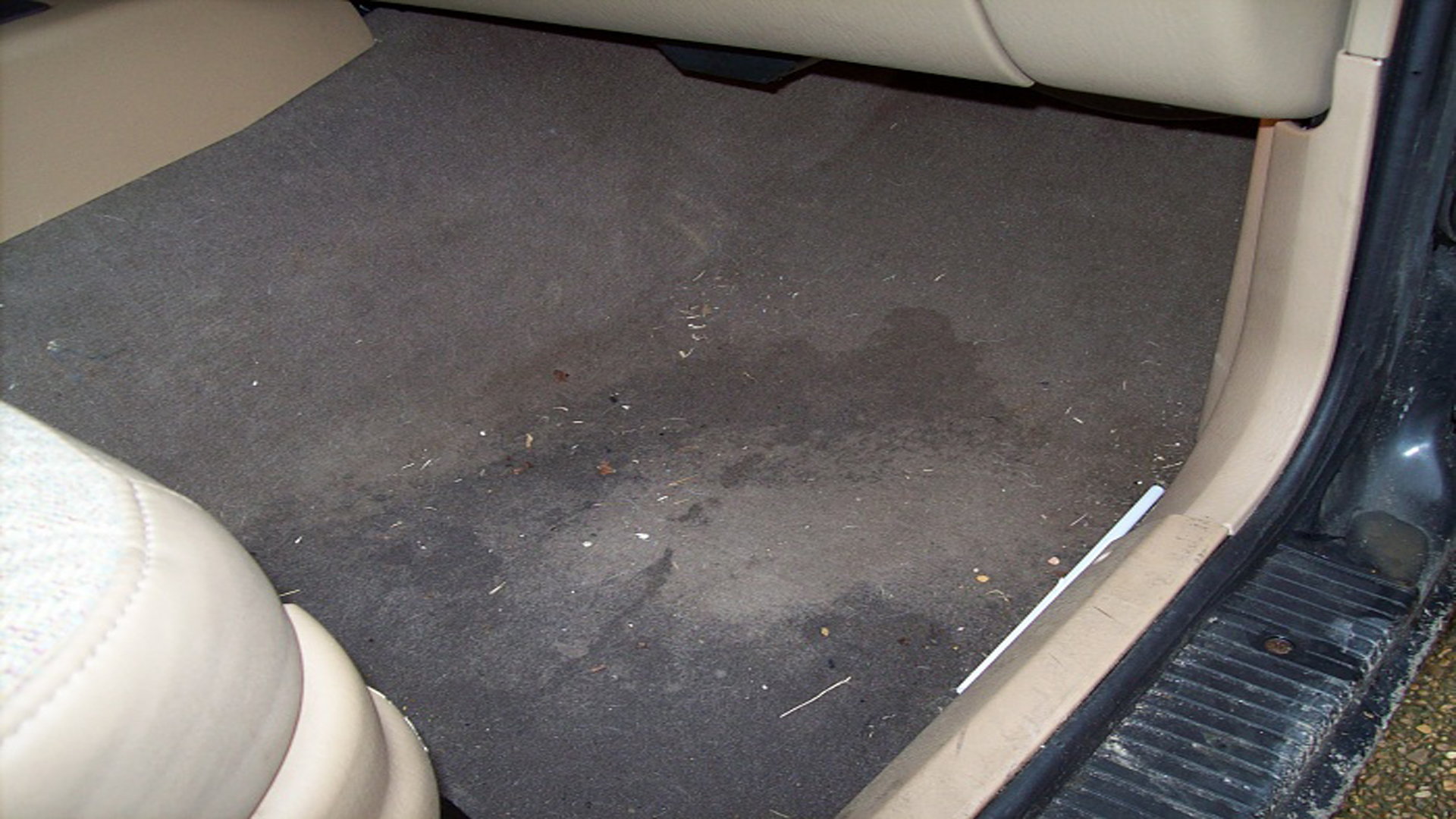
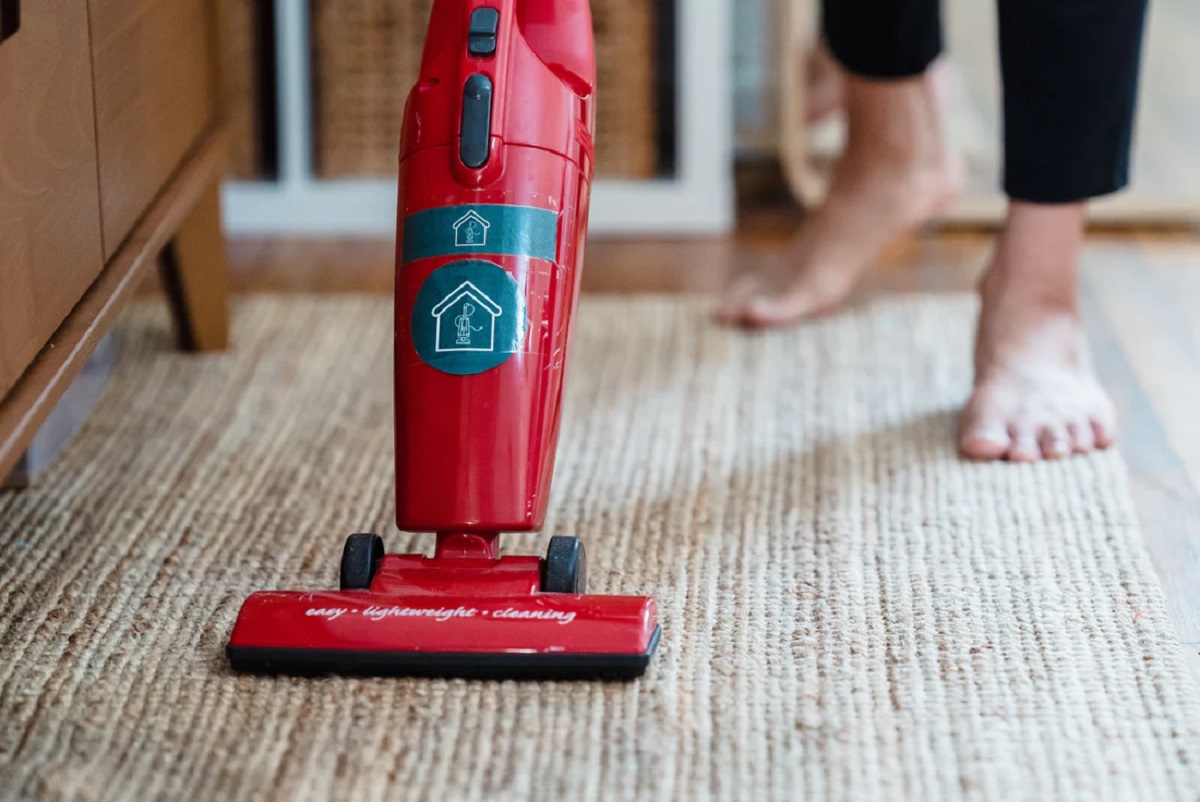
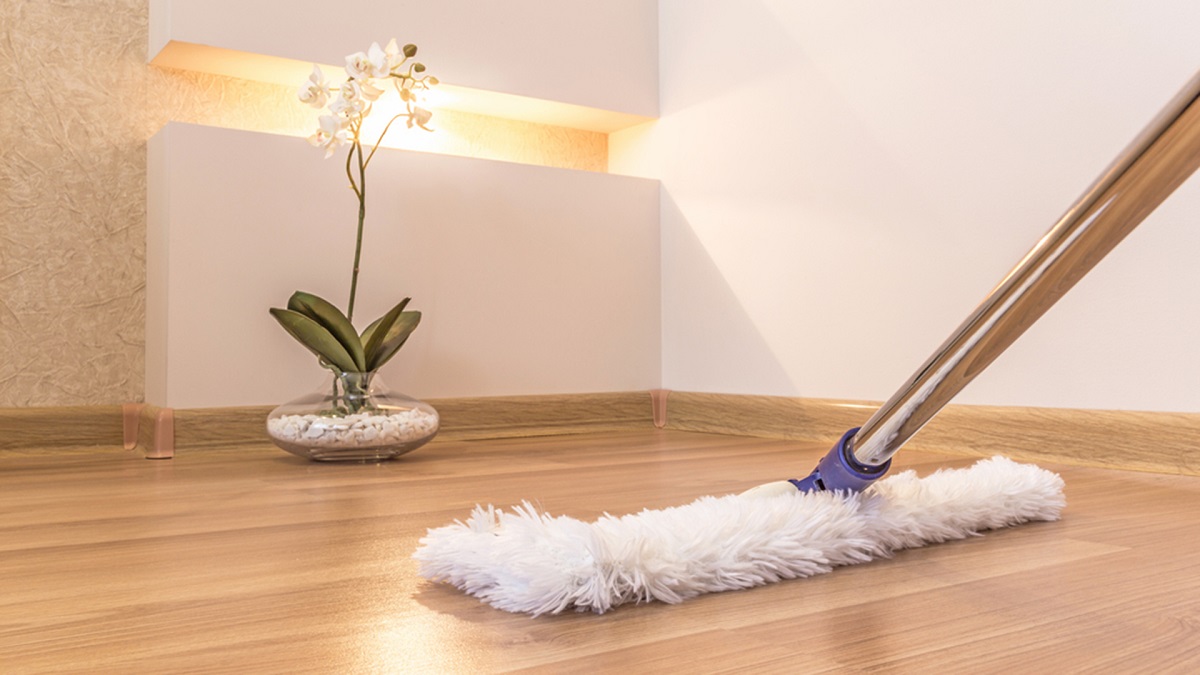
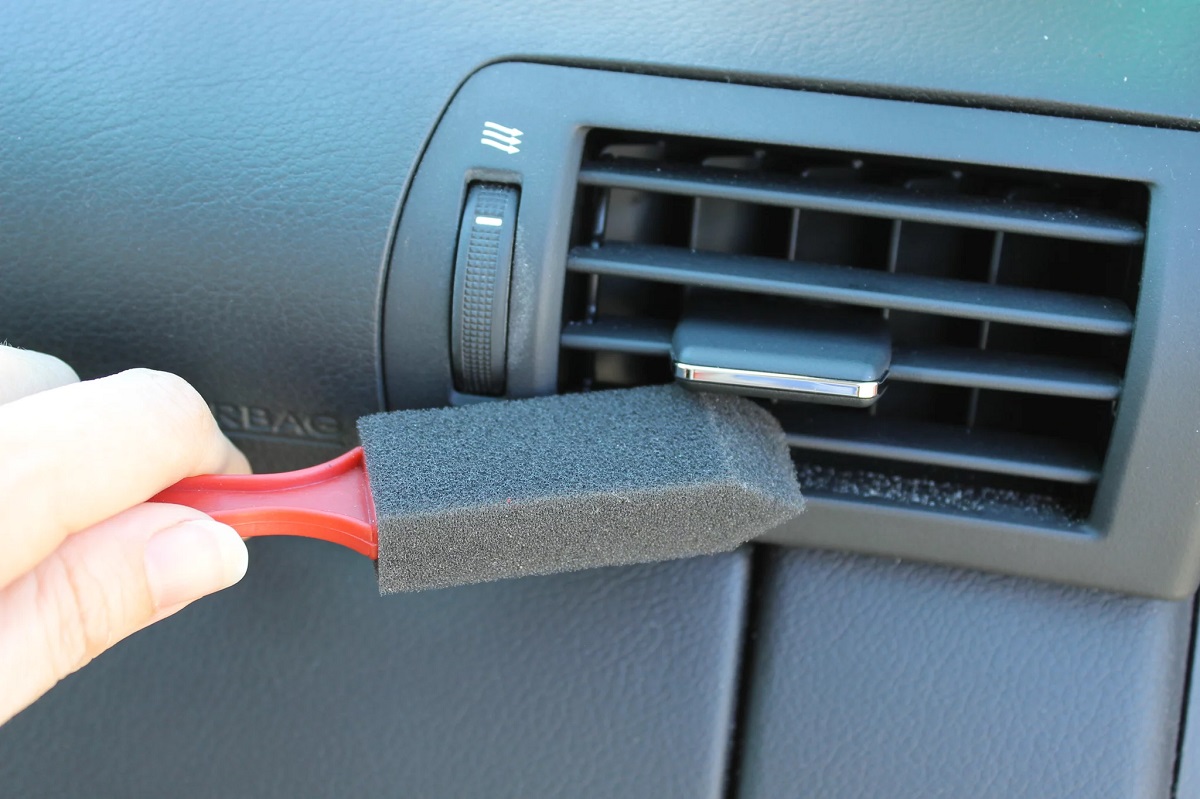
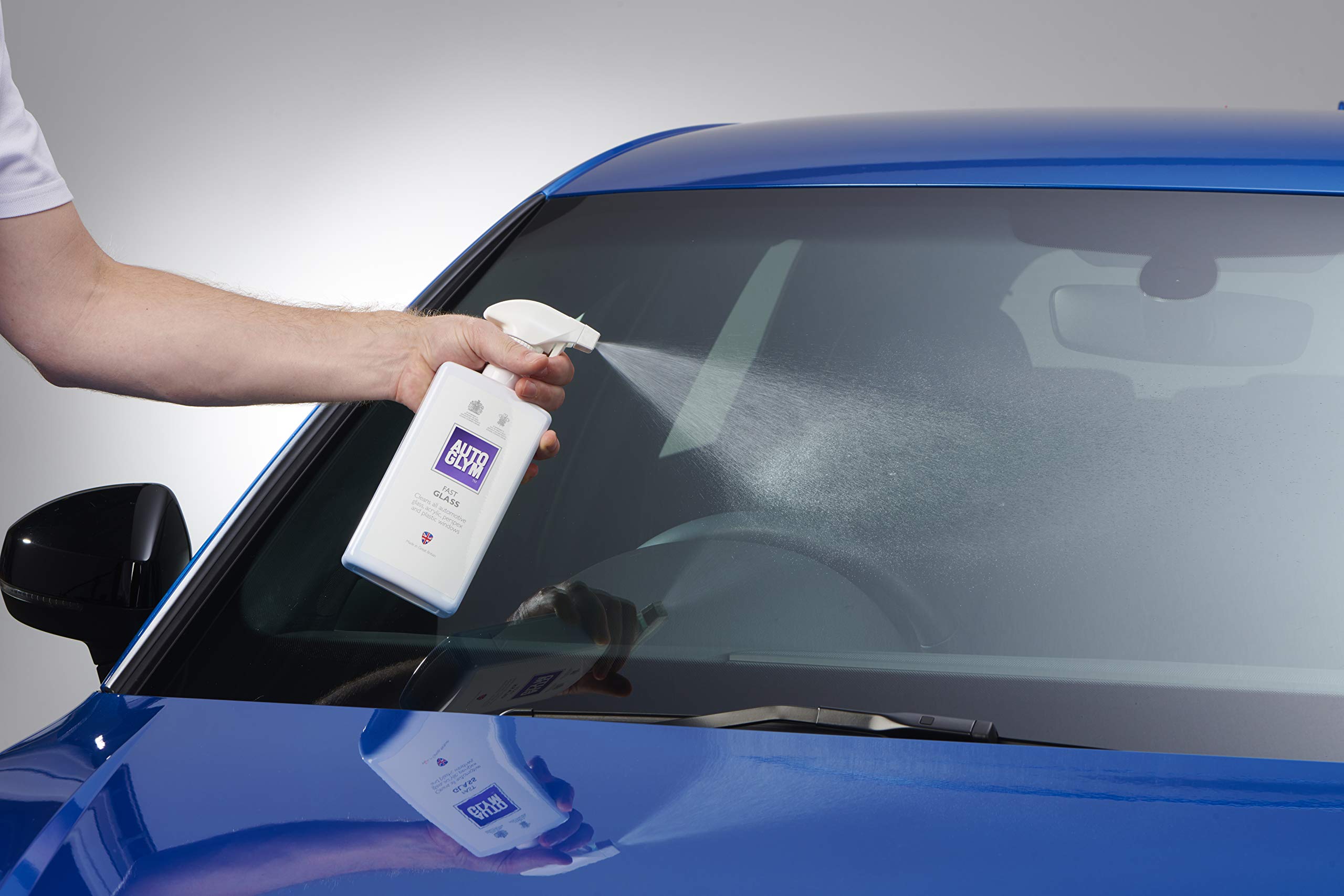
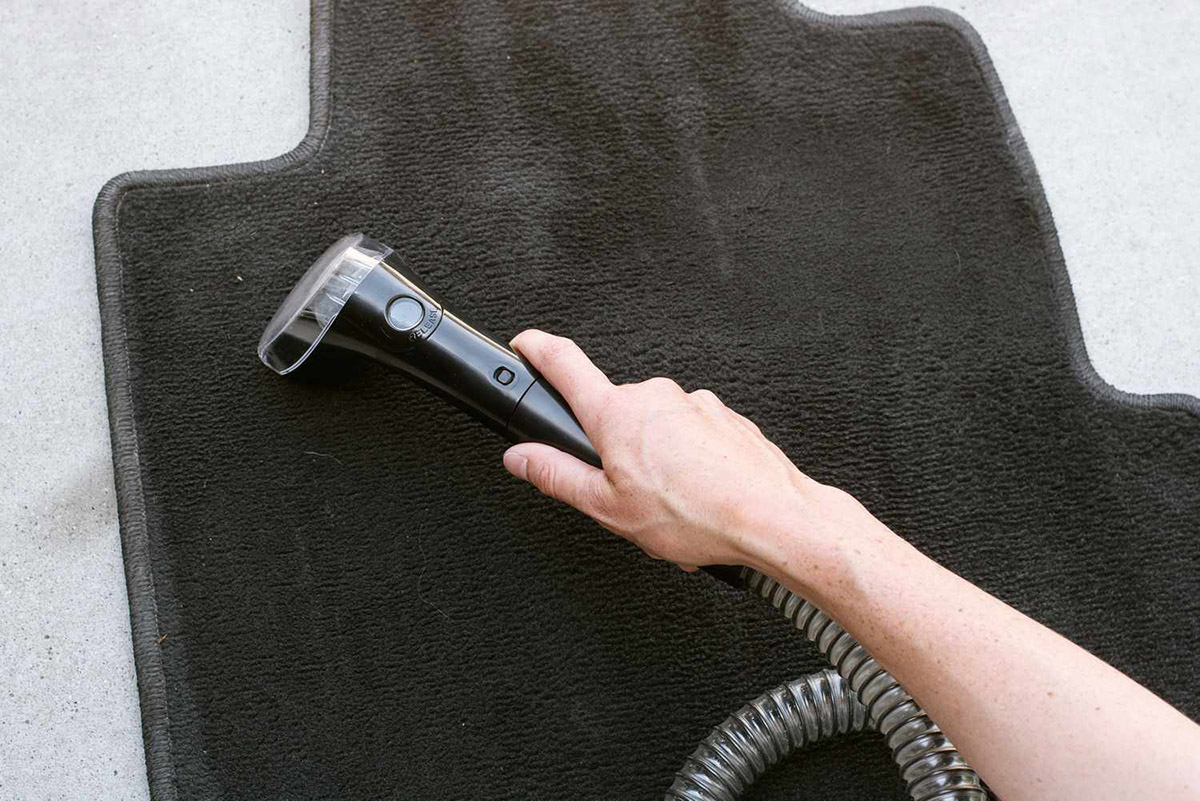
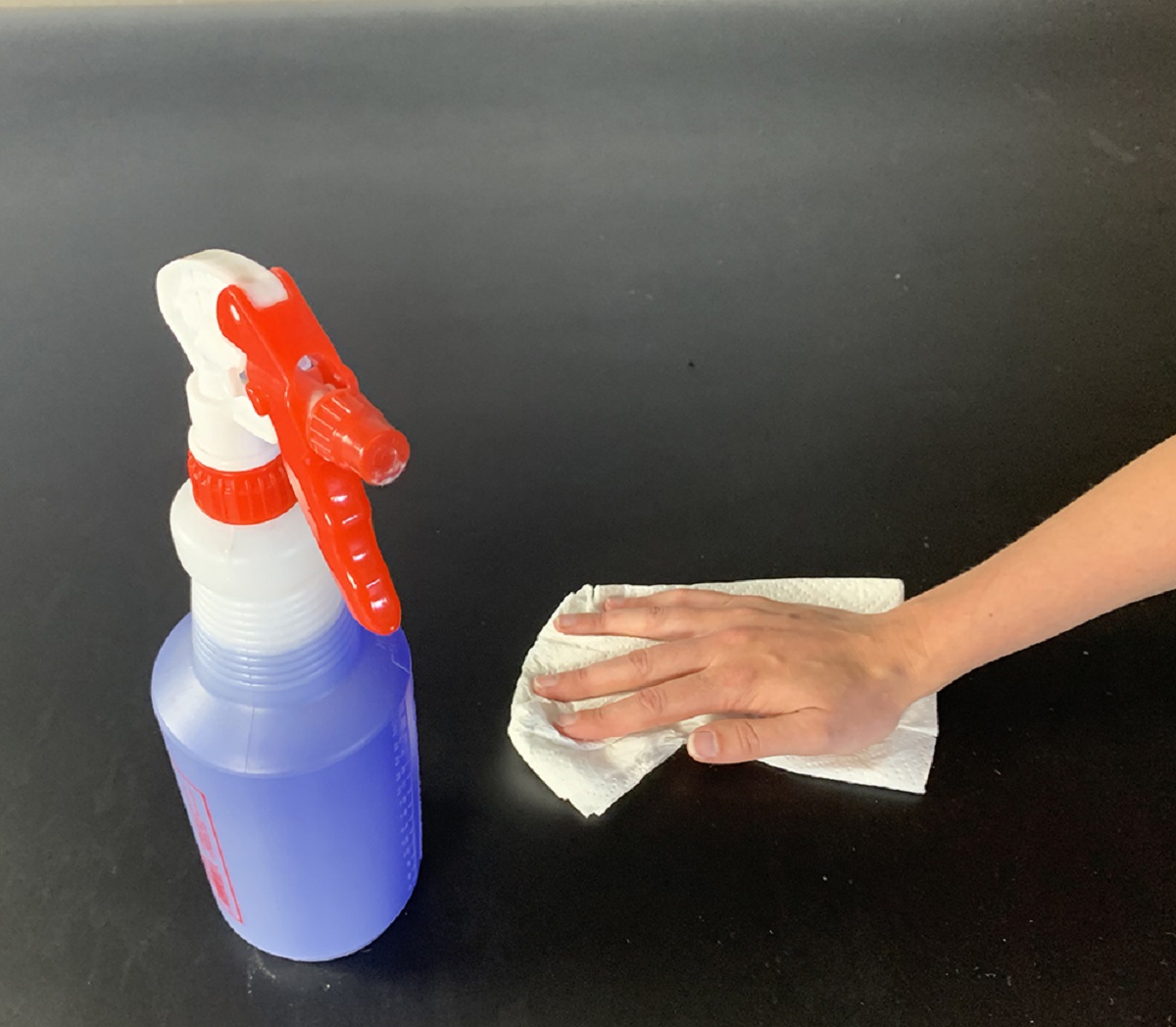
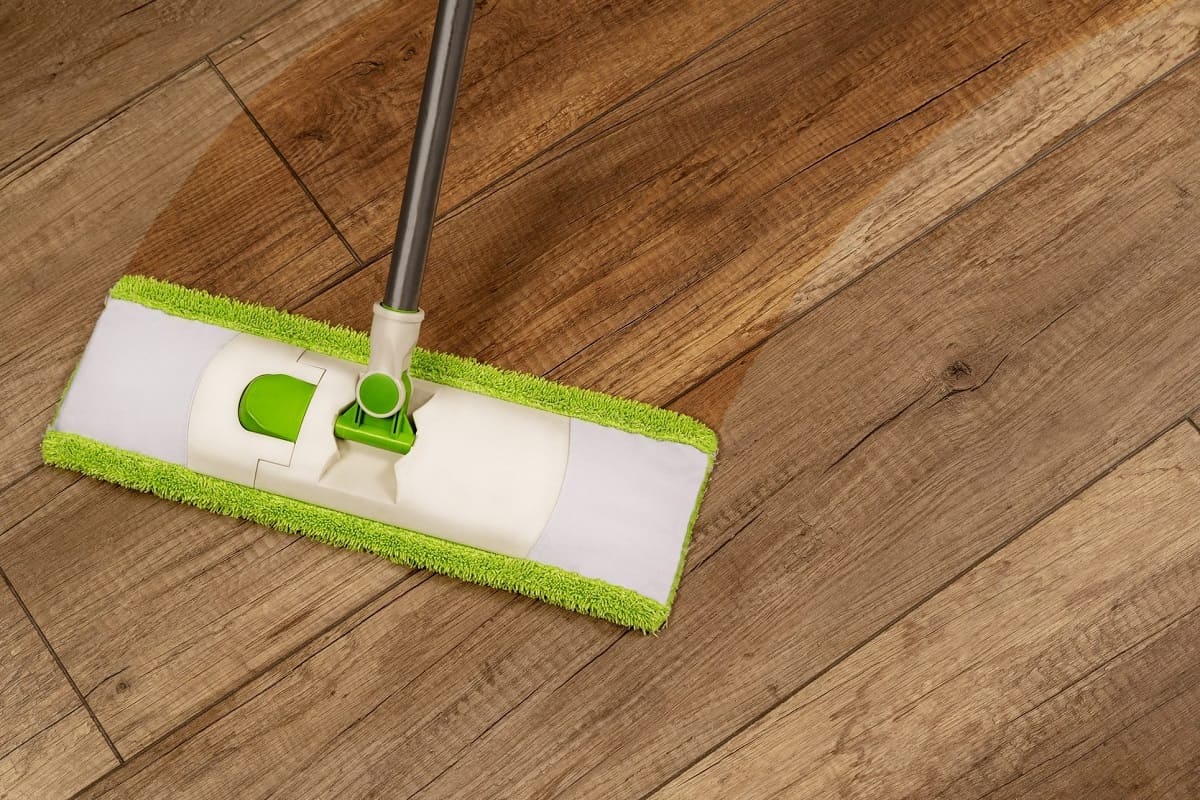
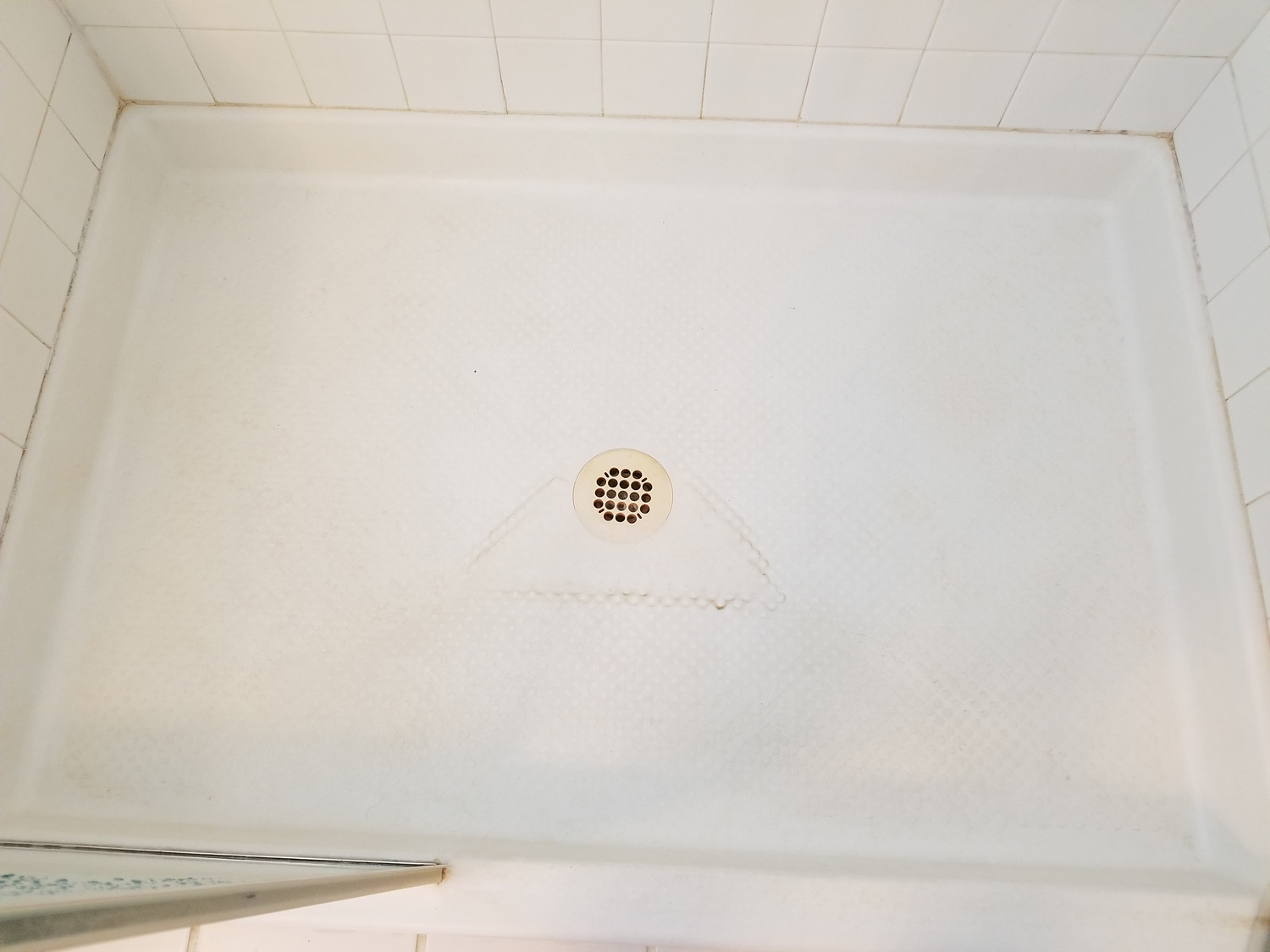

0 thoughts on “How To Clean Car Floor”